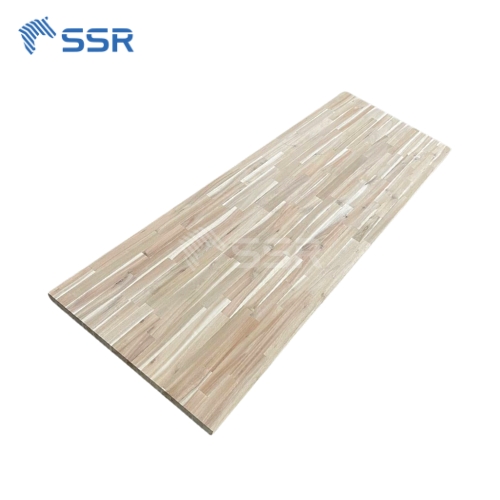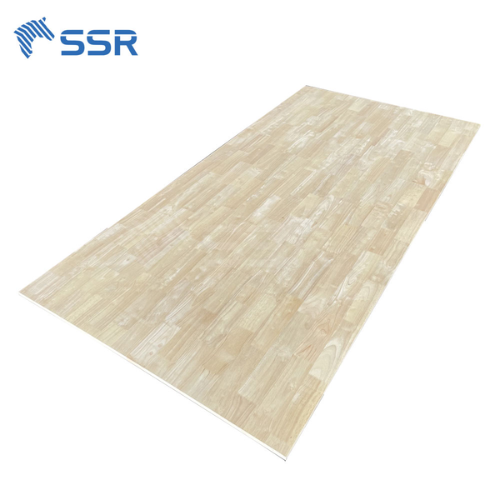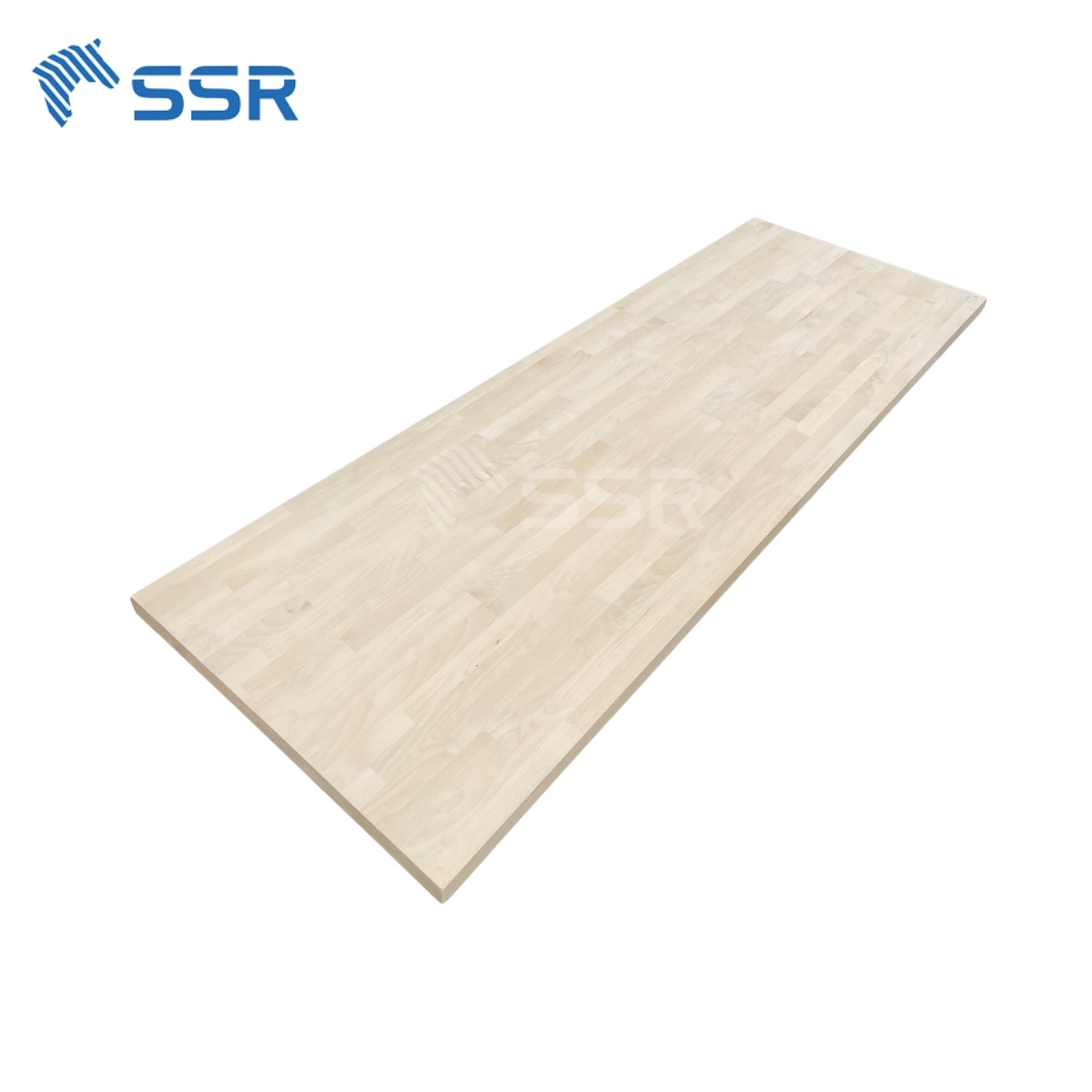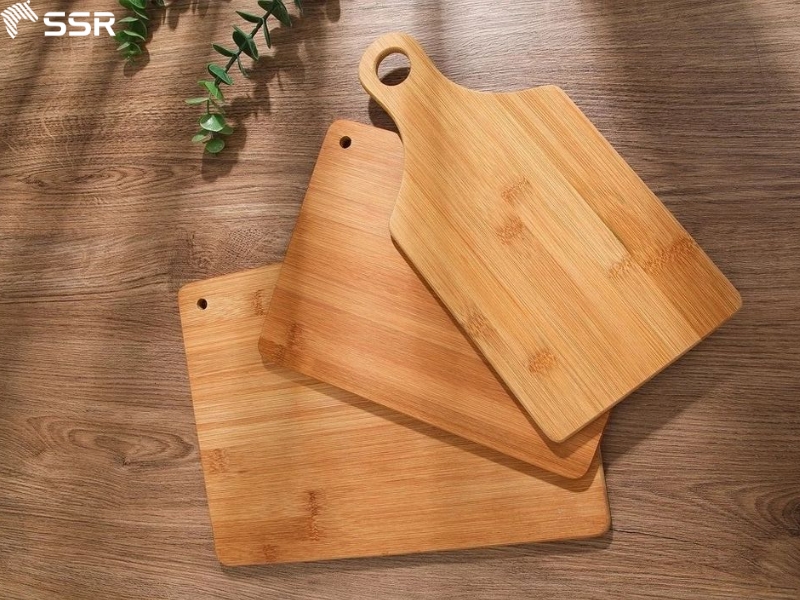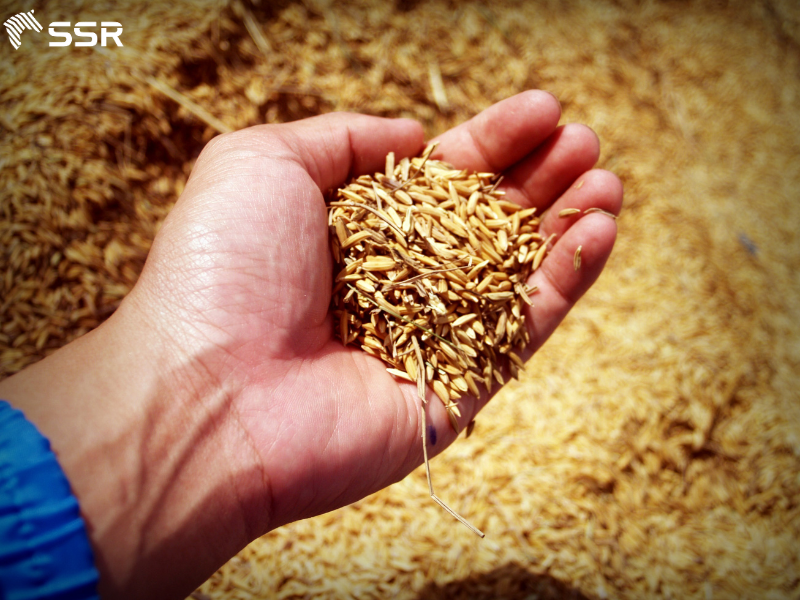NEWS
A type of wood belonging to the Euphorbiaceae family – the scientific name is Hevea brasiliensis, originating from South America, according to data from the Food and Agriculture Organization of the United Nations (FAO), Vietnam occupies the third position in the list of countries with the largest planting area in the world (mainly in the Central and Central Highlands provinces) especially the provinces of Binh Phuoc, Dak Lak, Gia Lai and Dak Nong). Next is a type of wood belonging to the Pinaceae family, originating from the Northern Hemisphere, which is replicated and cultivated in many parts of the world, in Vietnam it is grown a lot in the Central Highlands and Northern provinces (most in highland mountainous areas such as Da Lat, Moc Chau, and Ha Giang). These two types of wood are precisely rubber wood and pine wood, the focus spotlight of the article.
Rubber wood and pine wood – Separate characteristic values
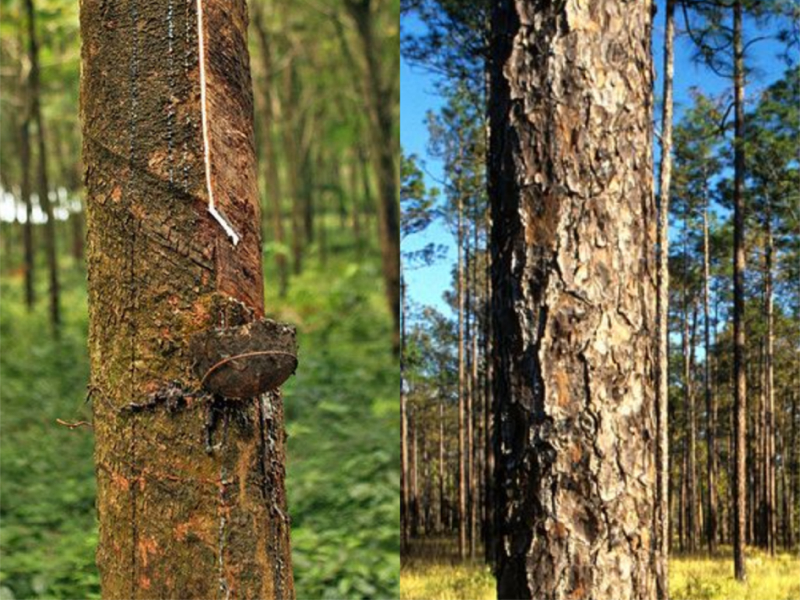
Rubber wood and pine wood
Rubber wood belongs to group VII while pine wood belongs to group IV, but that does not mean that rubber wood slips from the list of leading furniture trends but goes hand in hand with pine wood, bringing a variety of choices to customers.
- Characteristics
The trunk that rises straight up is a common feature of rubber trees and pine trees. At the same time, they are also separate in many points:
Rubber trees with few branches can reach a height of 20-30 m, and the trunk diameter is up to nearly 1 m. Rubber wood is highly appreciated for its thick wood grain, low shrinkage, attractive colors, diverse wood grain, and can accept different types of finishes. It is classified as environmentally friendly timber because it is only harvested after the rubber tree has finished the harvesting cycle.
Pine trees grow in clusters, with thin foliage and small branches. In conditions of adequate light and space, the tree can develop a wider canopy. The height of pine trees depends on the species, ranging from 30 – 80 meters, but the most common is from 15 – 45 meters. The bark of the pine tree is usually scaly, and the branches grow in a regular spiral. White pine sapwood is light white, heartwood is characteristic red, and wood grain is clear and not many; yellow pine wood has a golden color, and the wood grain is uniform and beautiful; Red pine wood is preferred for its beautiful color and gentle aroma. It is considered a type of wood to have a long lifespan, about 100 to 1000 years if living in a good environment, however, because the level of logging is increasing, the average lifespan is about 30 years.
- Durability, bearing capacity, heat resistance, water resistance, termite resistance
Rubber wood and pine wood are both light in weight, high in durability and quite good in strength and water resistance. The rubber tree relies on latex sap as the primary source in natural rubber production, while pine resin is considered a natural preservative for this type of wood, imparting similar termite resistance to pests as rubber wood possesses.
Rubber wood has inherent elasticity, which makes rubber wood products tough and sturdy over time, comfortable to bend or straighten without cracking. Although it goes through a strict drying process, it should not be neglected in the preservation and use of rubber wood to avoid termites or warping due to environmental influences.
The lifespan of pine wood can be up to more than 20 years if it is well preserved and easy to polish to increase aesthetics and service life. Wood is easy to screw, easy to shape, and is less deformed when drying. Extremely low elasticity thanks to the pine patina. However, wood is susceptible to scratches and dents due to its soft core.
- Supply and price
Rubber wood and pine wood have mid-range prices with abundant imported raw materials, compatible with the general level and ensuring standards. But pine wood is still slightly better depending on origin and quality.
- Application
Both rubber wood and pine wood are mainly used in interior design, as evidenced by outstanding products such as tables and chairs, stairs, altars, beds, kitchen cabinets, and wall and floor tiles, … We cannot ignore rubber wood finger jointed and pine wood finger jointed to help create interior products that are both reasonable and more widely applicable.
Every type of wood has certain advantages and disadvantages. In general, it can be seen that rubber wood or pine wood has been shaped in the furniture manufacturing industry, meeting quality criteria coupled with reasonable price and outstanding applicability. While may not compare to more durable rare hardwoods, they are less likely to appeal to most customer segments compared to what rubber wood and pine offer.
Featured Products
Acacia Wood Butcher Block Countertops Supplier
Specifications:
- Species: Acacia
- Moisture: < 12%
- Wood Stave (Length): 150-400 mm
- Wood Stave (Width): 30-80 mm
- Length & Width tolerance: 0/+3 mm
- Thickness tolerance: +/- 0.2 mm
- Glue: D4
- Quality: AB, BC or customized
- Surface finish: Sanding 180-240 grit, 2 faces
Rubberwood Finger Joint Board Supplier
- Species: Rubberwood
- Moisture: <12 %
- Wood Stave (Length): 150-600 mm
- Wood Stave (Width): 35-80 mm
- Length & Width tolerance: 0/+3 mm
- Thickness tolerance: +/- 0.2 mm
- Glue: D4
- Quality: AA, AC or customized
- Surface Finish: sanding 240-320 grit, 2 faces
Birch Butcher Block Countertop Supplier
Specifications:
- Species: Birch
- Moisture: < 12%
- Wood Stave (Length): 150-400 mm
- Wood Stave (Width): 20-80 mm
- Length & Width tolerance: 0/+3 mm
- Thickness tolerance: +/- 0.2 mm
- Glue: D4
- Quality: AB, AC or customized
- Surface finish: Sanding 180-240 grit, 2 faces.
Featured News
Related News
Bamboo Cutting Board Tips for Distributors – SSR VINA
Bamboo has become a popular alternative to traditional hardwoods when it comes to kitchen cutting boards. But is it really a good choice for your kitchen? In this guide, we’ll cover everything from the benefits and downsides to care instructions, environmental impact, and FAQs. What is a Bamboo Cutting Board? A bamboo cutting board is […]

Biomass Energy: The Natural Powerhouse of Renewable Energy
In the search for sustainable energy solutions, biomass stands out as one of the most promising alternatives to fossil fuels. But what exactly is biomass, and why is it gaining attention around the world? Let’s explore how this natural energy source works, where it’s used, and what the future holds. What Is Biomass? Biomass refers […]

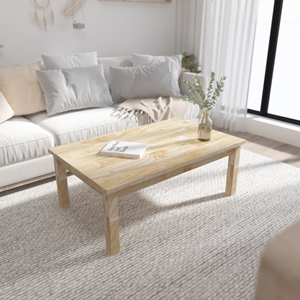
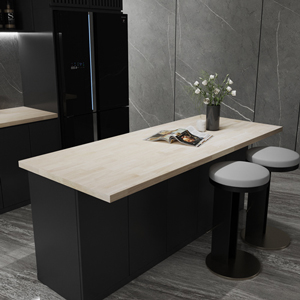
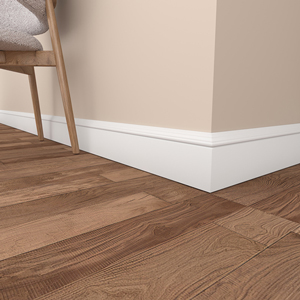
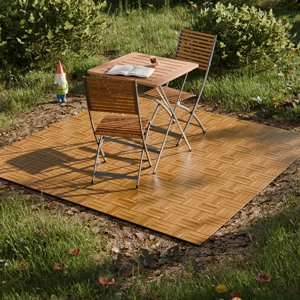
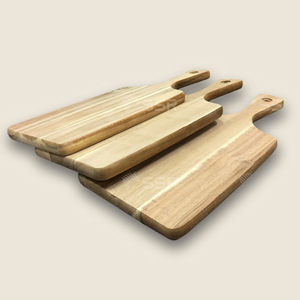
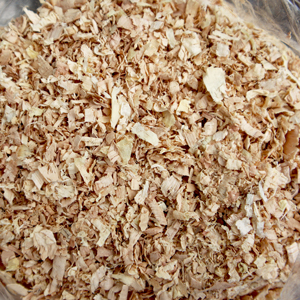

 Tháng 7 3, 2024
Tháng 7 3, 2024 | SSR
| SSR